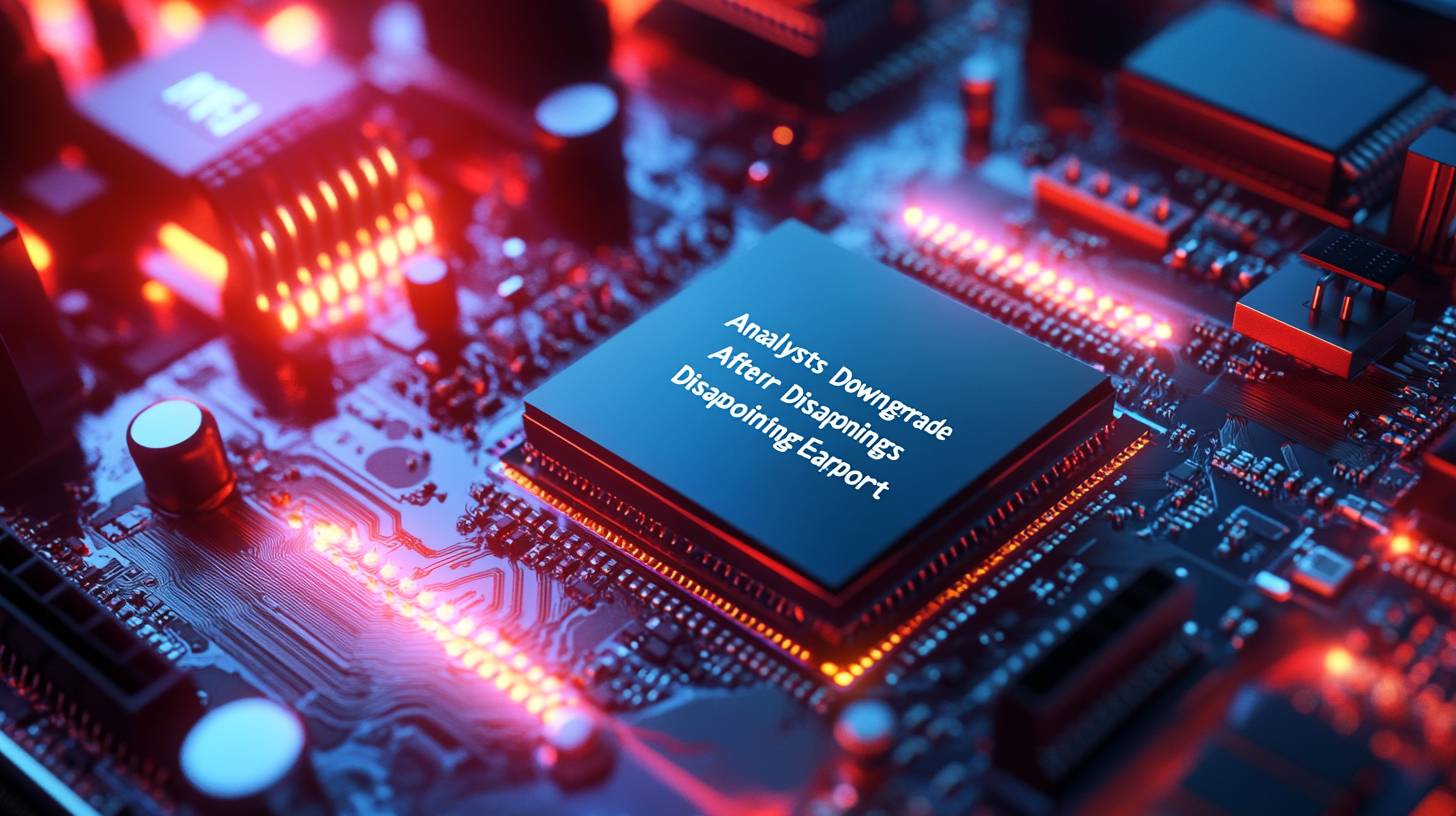
Intel’s financial performance and market reaction
Intel’s stock dove during the early trading on Friday, reverting to values reminiscent of the early 2000s, following the chipmaker’s second-quarter results and a near-term profit outlook that poses significant doubts about its recovery under Chief Executive Pat Gelsinger.
Juggling these factors has proven to be extremely challenging, and the stock has dropped almost 40% so far this year as profits were impacted by excess inventories while its foundry sector faced billions in losses attributable, in part, to antiquated manufacturing methods.
The company’s Q2 results did little to alter this outlook as adjusted earnings for the three months ending in June were just 2 cents per share, falling well short of Wall Street’s forecast of 10 cents. Revenue decreased 1.15% to $12.8 billion.
Looking ahead to the current quarter, Intel anticipates revenue between $12.5 billion and $13.5 billion, once again below the LSEG forecast of $13.4 billion, and announced it will reduce its global workforce by 15%—over 15,000 jobs—and halt its quarterly dividend.
Analysts are markedly more pessimistic, with numerous Wall Street banks downgrading their ratings and price targets for the company after what HSBC’s Frank Lee referred to as a “bewildering margin miss and equally unnerving guidance.”
Lee, who cut his price target on Intel from $20 to $18 per share, stated that Intel remains optimistic regarding both its product strategy and long-term approach in the foundry sector.
“Nevertheless, any guidance or emphasis on reducing costs and [capital-expenditure] cuts will be overshadowed by the absence of investor trust, which will require time to rebuild,” he contended.
Intel noted that its job reductions and overall cost-savings initiatives would decrease its capital expenditures and operating costs by about $3 billion next year.
In a communication to employees, Gelsinger referred to the changes as “some of the most significant alterations in our company’s history,” yet analysts still question whether these actions will sufficiently expand its profit margins in a highly competitive landscape.
Raymond James analyst Srini Pajjuri, who adjusted his rating for Intel to market perform (effectively neutral) from outperform after last night’s results, remarked that while the cost-cutting is expected to lessen cash outflow, he doesn’t foresee revenue improvements shortly.
“Consequently, we predict profitability to stay under pressure and are moving to the sidelines despite the appealing valuation and our belief that a potential foundry split could unlock valuable prospects,” Pajjuri stated.
Benchmark analyst Cody Acree believes that the disappointing revenue forecast may stem from Intel losing market share to rival Advanced Micro Devices in both data centers and client computing sectors.
Intel shares were down 22% in premarket trading, signaling an opening price of $13.70 each, a decline marking the largest single-day drop in 24 years.
Challenges and strategic initiatives
Intel’s strategic initiatives are diverse, aimed at regaining its competitive stature and restoring investor faith. The company is actively chasing advancements in artificial intelligence (AI) and next-gen computing. Intel’s roadmap includes the creation of innovative chips designed to fuel AI-powered laptops and client servers, aligning with the worldwide growth in AI investment.
However, balancing its focus on AI and expanding its contract chip-foundry operations has proven to be a daunting task. The foundry division has particularly hindered profitability, grappling with outdated manufacturing processes that have resulted in significant losses. This has been further complicated by high inventory levels, adversely impacting the company’s financial outcomes.
In response to these challenges, Intel is undertaking a series of cost-reduction strategies. The firm aims to decrease its global workforce by 15%, resulting in over 15,000 job cuts, and has suspended its quarterly dividend. These actions are projected to reduce capital expenditures and operating expenses by around $3 billion next year. Despite these initiatives, analysts maintain a cautious stance regarding the firm’s capability to enhance its profit margins in a tough competitive environment.
CEO Pat Gelsinger has expressed commitment to creating “two first-rate companies”—one dedicated to Intel’s foundry operations and the other to its product division. Gelsinger asserts that the new innovations and a streamlined operation will deliver substantial long-term value for stakeholders. However, this optimism is not universally accepted. Wall Street analysts have downgraded their ratings and price targets, citing disappointing margins and future guidance.
HSBC’s Frank Lee, for instance, revised his price target on Intel down by $2 to $18 per share, voicing concerns about the company’s ability to restore investor confidence. Similarly, Cantor Fitzgerald analyst C.J. Muse observed that while restructuring could provide strong operating leverage and positive free cash flows, Intel remains a “show me” story. Its success depends on internal advancements and its aspirations to become a cutting-edge foundry.
Raymond James analyst Srini Pajjuri downgraded Intel to market perform, emphasizing that although cost reductions could curb cash depletion, they are improbable to boost revenue shortly. Benchmark analyst Cody Acree echoed these views, linking Intel’s underwhelming revenue expectations to losing market share to Advanced Micro Devices (AMD) in both data-center and client-computing sectors.
Despite these obstacles, Intel is advancing with its new product range. The company has introduced the Xenon data-center processor, promising enhanced performance with fewer racks and reduced power usage. Moreover, Intel’s Lunar Lake chip for AI applications is slated for release in the third quarter, targeting the rising demand for AI-driven laptops. The Gaudi family of AI accelerators, designed to compete against Nvidia’s H100 chips, further highlights Intel’s assertive strategy to regain market footing.
While these initiatives show promise, the market reaction has been far from positive. Intel’s shares tumbled 22% in premarket trading, indicating an opening price of $13.70 each—a shift that would reflect the largest single-day plunge in 24 years. The journey ahead for Intel is filled with hurdles, and only time will reveal if the company’s strategic plans will yield fruit in the long run.

